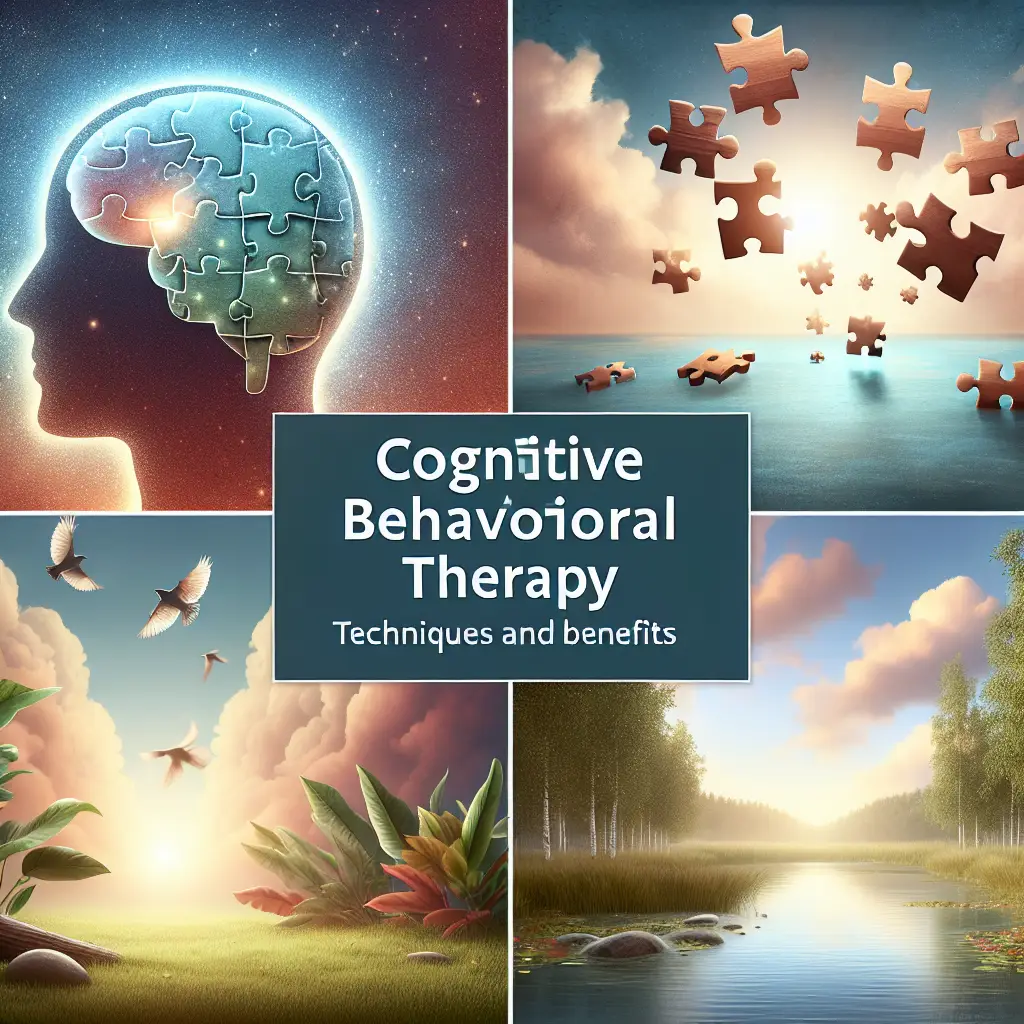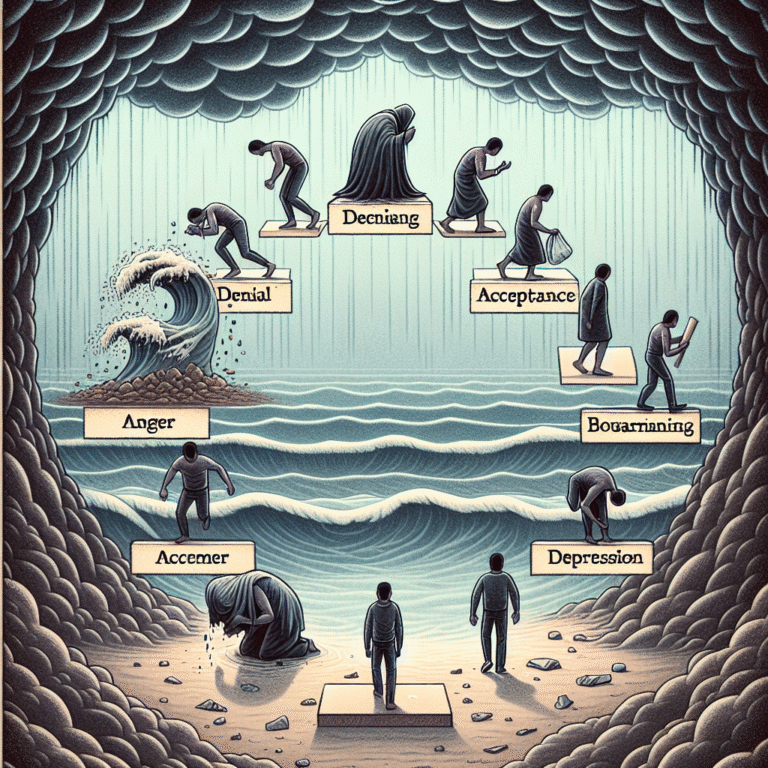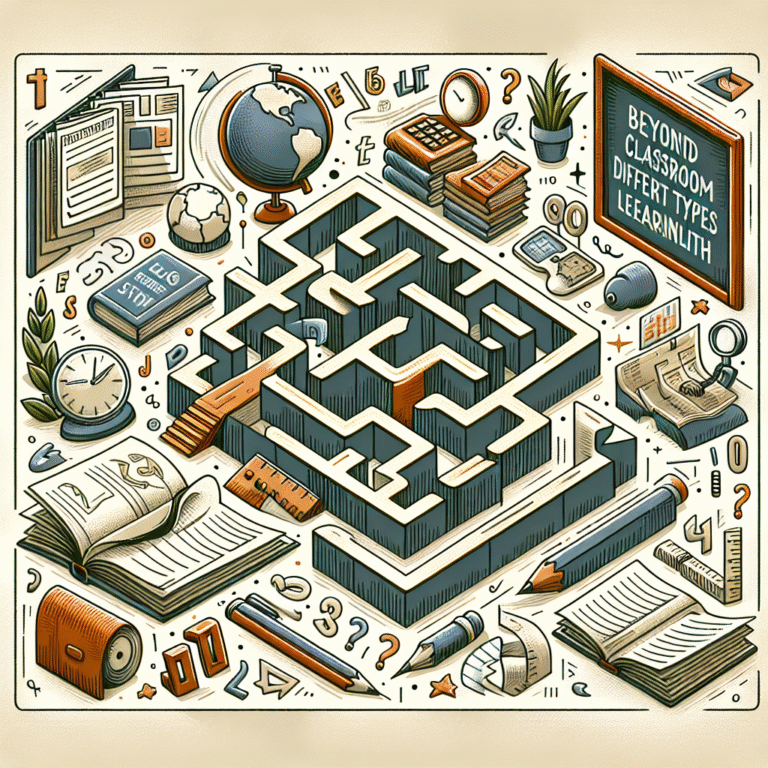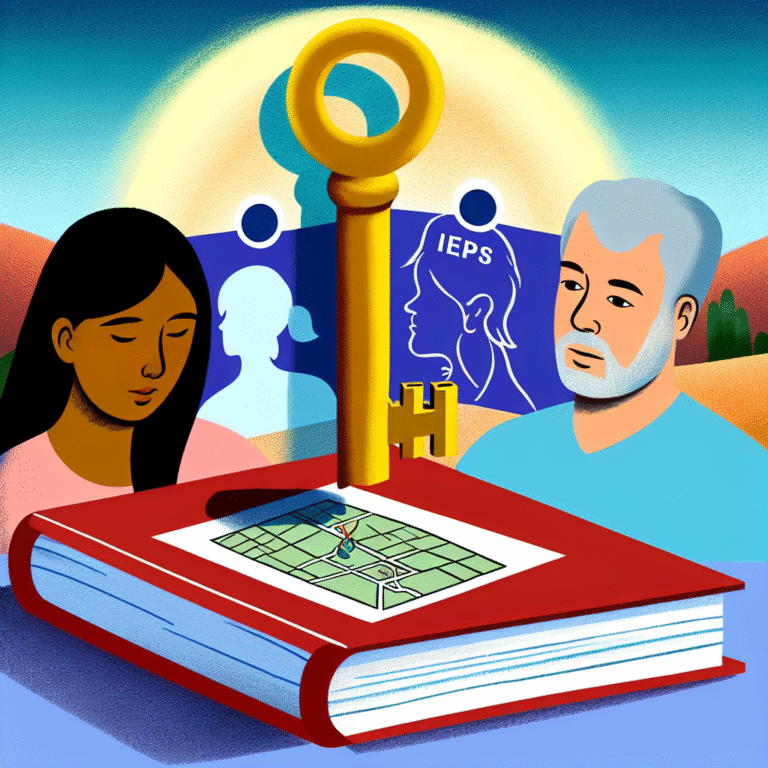
Cognitive Behavioral Therapy Explained: Techniques and Benefits – The Ultimate Guide
Introduction
In a world where mental health awareness is on the rise, understanding effective therapeutic approaches is paramount. Cognitive Behavioral Therapy (CBT) stands out as one of the most researched and validated forms of psychotherapy today. Whether struggling with anxiety, depression, or simply seeking personal growth, the tenets of CBT are versatile and impactful. This article, Cognitive Behavioral Therapy Explained: Techniques and Benefits, will delve deep into the mechanics of CBT, showcasing its techniques and the significant benefits it offers. By the end, you’ll not only grasp why CBT is essential for mental well-being but also how it can be applied in real-life situations.
What is Cognitive Behavioral Therapy?
Cognitive Behavioral Therapy is a structured, time-limited psychotherapy that aims to identify and alter patterns of thinking or behavior that are causing clients distress. Developed in the 1960s by Dr. Aaron T. Beck, CBT combines cognitive and behavioral theories to facilitate personal change. It operates on the premise that our thoughts, feelings, and behaviors are interconnected, meaning that by changing negative thought patterns, we can influence our emotions and subsequent actions.
The Core Principles of CBT
- Cognitive Restructuring: Recognizing and changing distorted thinking patterns.
- Behavioral Activation: Encouraging engagement in activities that bring joy and fulfillment.
- Exposure Therapy: Incremental exposure to fear-inducing stimuli to reduce avoidance behavior.
- Skills Training: Developing coping strategies and problem-solving skills.
Techniques of Cognitive Behavioral Therapy
1. Cognitive Restructuring
Cognitive restructuring is essentially about reframing negative thoughts. It involves identifying cognitive distortions—such as all-or-nothing thinking—and replacing them with more balanced thoughts.
Example: A person might think, "I failed this exam, so I will never be successful." Through cognitive restructuring, they would learn to reframe this thought to: "One exam doesn’t define my capabilities."
Case Study: John’s Journey
John was overwhelmed by the pressure of his career. After participating in cognitive restructuring during CBT, he transformed his negative self-talk about work into constructive thoughts, which led to increased confidence and job satisfaction.
2. Behavioral Activation
This technique encourages individuals to engage in meaningful activities that can mitigate feelings of depression. It focuses on reconnecting with hobbies or social groups that have been neglected.
Case Study: Sarah Overcomes Depression
Sarah, struggling with depression, found herself withdrawing from friends and family. Through behavioral activation, her therapist encouraged her to participate in weekly book club meetings, reigniting her passion for reading and enhancing her social circle.
| Technique | Purpose | Example |
|---|---|---|
| Cognitive Restructuring | Reframing negative thoughts | Changing “I am a failure” to “I can learn from my mistakes” |
| Behavioral Activation | Engaging in enjoyable activities | Joining a cooking class to rediscover joy |
3. Exposure Therapy
This technique is particularly effective for phobias and anxiety disorders. It involves gradually exposing clients to their fears in a controlled environment to reduce sensitivity over time.
Case Study: Emily Confronts Her Fear
Emily had a severe fear of flying. Through gradual exposure therapy, she was first shown videos of airplanes, then took short flights, eventually leading her to travel internationally with confidence.
4. Skills Training
CBT also emphasizes the development of coping strategies and social skills. This can include role-playing scenarios to practice responses to difficult situations or learning relaxation techniques.
Case Study: Mark’s Assertiveness Training
Mark struggled with asserting himself in conversations. In CBT, he practiced assertiveness skills through role-playing, which helped him express his opinions more effectively in both personal and professional settings.
Benefits of Cognitive Behavioral Therapy
1. Evidence-Based Effectiveness
Numerous studies affirm the effectiveness of CBT in treating conditions such as depression, anxiety, PTSD, and OCD. With a structured approach, it often yields results more rapidly than other therapies.
2. Enhanced Self-Awareness
CBT encourages individuals to become more aware of their thought patterns. This self-awareness serves as a foundation for personal growth and emotional intelligence.
3. Practical Skillset
The skills acquired through CBT are not just short-term solutions; they equip individuals with tools to handle future challenges, leading to long-lasting change.
Table: Benefits of CBT
| Benefit | Explanation |
|---|---|
| Short-term & Long-term Relief | CBT addresses immediate issues while equipping individuals for future challenges |
| Self-Improvement | Fosters self-awareness and healthy coping mechanisms |
| Versatility | Applicable to various mental health issues |
4. Prevention of Relapse
One of the significant benefits of CBT is its ability to prevent relapse. By equipping individuals with techniques to manage their symptoms and thought processes, CBT promotes long-term mental health stability.
Conclusion
As we’ve explored in this comprehensive overview of Cognitive Behavioral Therapy Explained: Techniques and Benefits, CBT offers a powerful framework for personal transformation. Through its structured techniques like cognitive restructuring, behavioral activation, exposure therapy, and skills training, individuals can not only address immediate concerns but also build resilience for the future. If you are considering therapy, CBT is a compelling option that has helped countless individuals thrive. Embrace the journey of self-discovery and empowerment—your mental wellness is worth it.
FAQs
1. What types of mental health issues does CBT treat?
CBT is effective for a range of issues, including anxiety disorders, depression, PTSD, OCD, and phobias. It also aids in stress management and improves overall emotional regulation.
2. How long does CBT take to be effective?
CBT is typically short-term, often requiring between 5 to 20 sessions, depending on the individual’s needs and the complexity of their issues.
3. Can I practice CBT techniques on my own?
While guided therapy is effective, individuals can learn and practice CBT techniques independently with the help of workbooks and online resources. However, working with a trained therapist is often more beneficial.
4. How does CBT differ from other therapeutic approaches?
CBT is more structured and goal-oriented compared to therapies like psychodynamic therapy, which explores unconscious processes and past experiences. CBT focuses on current problem-solving and skill development.
5. Is CBT suitable for children?
Yes, CBT can be adapted for children and adolescents. Techniques often incorporate playful activities and age-appropriate language to facilitate engagement and understanding.
In this article, we aimed to provide a holistic view of Cognitive Behavioral Therapy Explained: Techniques and Benefits. Whether you’re personally seeking change or wish to understand this transformative therapy for someone else, the insights provided here may guide you toward positive mental health outcomes. Embrace the opportunity to learn, grow, and heal—your future self will thank you.











